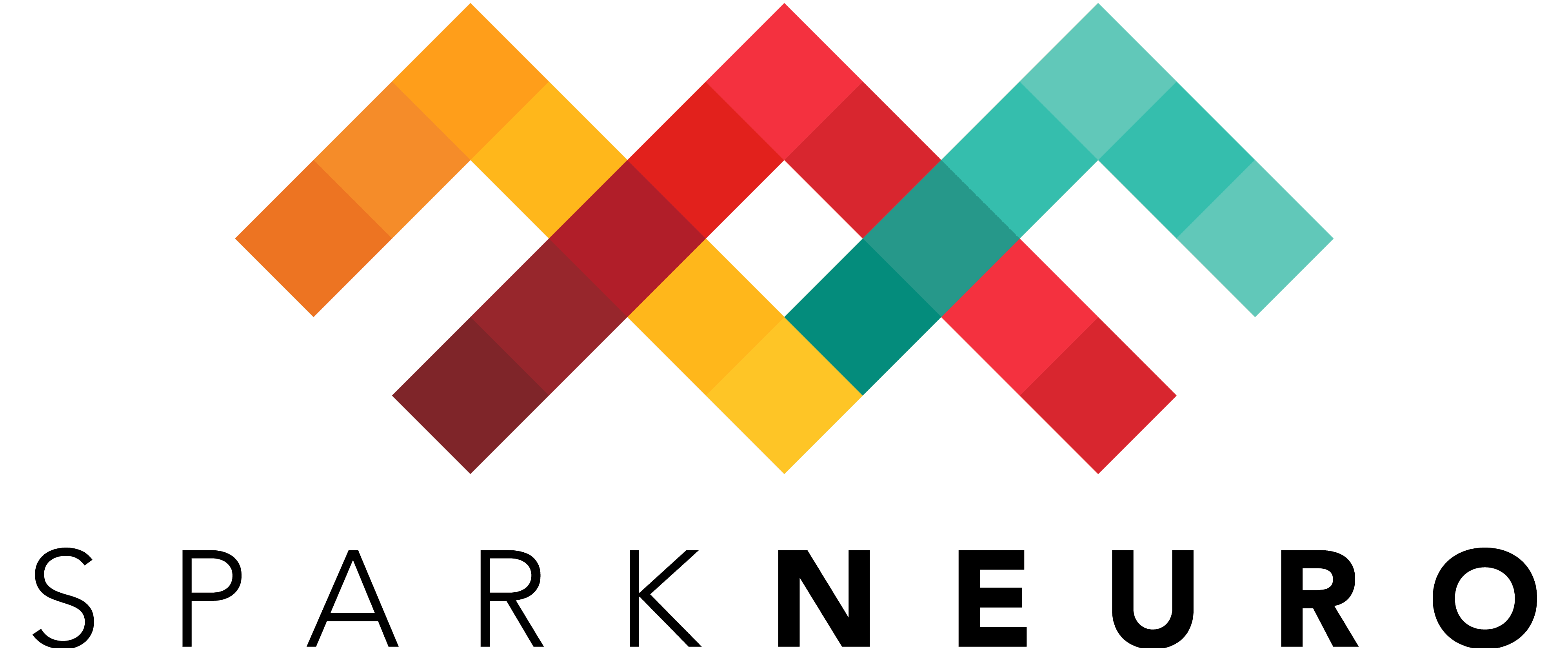Measuring Degree of Cognitive Impairment with EEG
In a 2022 presentation at the Alzheimer’s Association International Conference, Wu et al. presented their progress using EEG to measure degree of cognitive impairment. They found that EEG can accurately measure and track cognitive impairment when careful, sophisticated machine learning approaches are used.
Challenges Measuring the Degree of Cognitive Impairment
Degree of cognitive impairment refers to the cognitive symptoms that a patient is experiencing, which may be caused by various different diseases or conditions (such as Alzheimer’s or Parkinson’s diseases). Degree of impairment is commonly measured using standardized pen and paper tests, like the MMSE or MoCA, that represent impairment on a continuous scale (for example, from 0 to 30 in the MoCA).
While these methods may appear simple, they have a number of oft-missed challenges.
- The test-givers (raters) need to be trained very carefully and retrained regularly to maintain standardization, which is time consuming and difficult, leading to common sub-standard implementation.
- Furthermore, these tests are highly susceptible to cognitive fluctuations that occur in many patients with impairment, leading them to perform poorly one day and well on the next day, negatively impacting the accuracy of the measurement.
- Finally, these tests have a number of accessibility concerns related to cultural differences, language, and mobility, impacting their validity for many populations.
A Biosignals-Based Solution
Due to all of these challenges, we believe that a taskless, biologically-based tool can provide a more reliable way of assessing for degree of cognitive impairment. The work presented here demonstrates one of our approaches to building this improved metric.
Wu et al. used SPARK’s machine-learning platform and proprietary analysis techniques to build a model that tracks continuous impairment. These findings show that their model accurately tracks cognitive impairment on a continuous scale, significantly outperforming control models based on demographics.
We believe this work represents a massive step towards a new standard for dementia evaluation — with greater access, usability, and efficacy for patients in need of care.
Check out the the details of their work below.
